Early endeavors and Interview magazine
Colacello began his writing career around 1969, when he began publishing film reviews in the Village Voice weekly. [3] As a graduate student in the Film department at Columbia University in New York, his first publications doubled as his class essays and homework assignments. [4] In 1970, Colacello wrote a review of Andy Warhol's film Trash, which he hailed as a "great Roman Catholic masterpiece". This review garnered the attention of Warhol, and Paul Morrissey, the director of many of Warhol's films, who approached Colacello to write for Interview magazine , a new art/film/fashion magazine Warhol had recently begun to publish. [5] Colacello was made editor of Interview within six months and, for the next 12 years, remained directly involved in all aspects of life and business at The Factory— Warhol's studio—as he developed the magazine into one of the best-known lifestyle magazines of the time. [4] As Colacello himself writes in Holy Terror: Andy Warhol Close Up (1990), Warhol suggested Colacello change his name to Bob Cola, in order to sound more "pop." [6] In the mid 80s Colacello left Interview due to tensions with Warhol. He cited Warhol receiving credit for The Philosophy of Andy Warhol (1975), which he ghostwrote, and Warhol's jealousy over the attention Colacello received from Nancy Regan among reasons for his departure. [7]

Andy Warhol was an American visual artist, film director and producer. A leading figure in the pop art movement, Warhol is considered one of the most important American artists of the second half of the 20th century. His works explore the relationship between artistic expression, advertising, and celebrity culture that flourished by the 1960s, and span a variety of media, including painting, silkscreening, photography, film, and sculpture. Some of his best-known works include the silkscreen paintings Campbell's Soup Cans (1962) and Marilyn Diptych (1962), the experimental films Empire (1964) and Chelsea Girls (1966), and the multimedia events known as the Exploding Plastic Inevitable (1966–67).
Gene Moore was an American designer and window dresser. Moore joined Tiffany & Company in 1955, as its Artistic Director and Vice President.

The Factory was Andy Warhol's studio in New York City, which had four locations between 1963 and 1987. The Factory became famed for its parties in the 1960s. It was the hip hangout spot for artists, musicians, celebrities and Warhol's superstars. The original Factory was often referred to as the Silver Factory. In the studio, Warhol's workers would make silkscreens and lithographs under his direction.

Interview is an American magazine founded in late 1969 by artist Andy Warhol and British journalist John Wilcock. The magazine, nicknamed "The Crystal Ball of Pop", features interviews with celebrities, artists, musicians, and creative thinkers. Interviews were usually unedited or edited in the eccentric fashion of Warhol's books and The Philosophy of Andy Warhol: From A to B and Back Again.

Candy Darling was an American transgender actress, best known as a Warhol superstar. She starred in Andy Warhol's films Flesh (1968) and Women in Revolt (1971), and was a muse of the Velvet Underground.
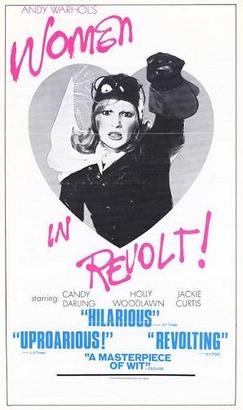
Women in Revolt is a 1971 American satirical film produced by Andy Warhol and directed by Paul Morrissey. It was initially released as Andy Warhol's Women. The film stars Jackie Curtis, Candy Darling, and Holly Woodlawn, three trans women and superstars of Warhol's Factory scene. It also features soundtrack music by John Cale.
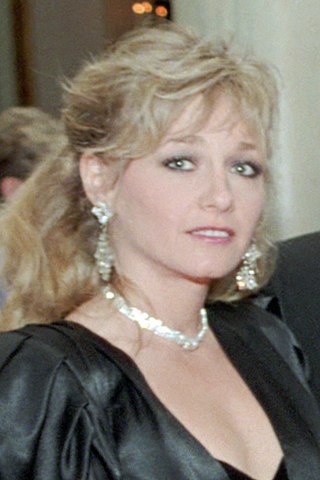
Patricia D'Arbanville is an American actress known for her appearance in Andy Warhol projects.
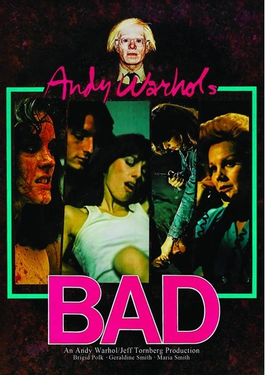
Bad, also known as Andy Warhol's Bad, is a 1977 comedy film directed by Jed Johnson and starring Carroll Baker, Perry King, and Susan Tyrrell. It was written by Pat Hackett and George Abagnalo, and was the last film produced by Andy Warhol before his death in 1987.
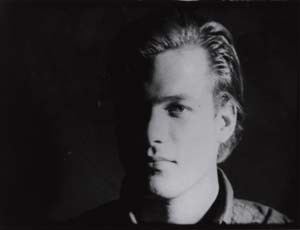
Paul Johnson, better known as Paul America, was an American actor who was a member of Andy Warhol's Superstars. He starred in one Warhol-directed film, My Hustler (1965), and also appeared in Edie Sedgwick's final film Ciao! Manhattan (1972).

The Philosophy of Andy Warhol is a 1975 book by the American artist Andy Warhol. It was first published by Harcourt Brace Jovanovich.
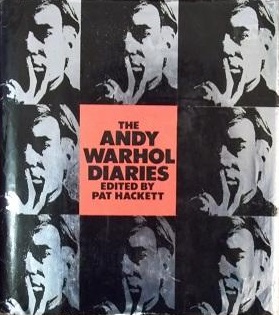
The Andy Warhol Diaries is the dictated memoir of the American artist Andy Warhol and edited by his longtime friend and collaborator Pat Hackett. The book was published posthumously by Warner Books with an introduction by Hackett.

Jed Johnson was an American interior designer and film director. TheNew York Times hailed Johnson as "one of the most celebrated interior designers of our time."

Orange Prince(1984) is a painting by American artist Andy Warhol of Prince, the American singer, songwriter, record producer, multi-instrumentalist, actor, and director. The painting is one of twelve silkscreen portraits on canvas of Prince created by Warhol in 1984, based on an original photograph provided to Warhol by Vanity Fair. The photograph was taken by Lynn Goldsmith. These paintings and four additional works on paper are collectively known as the Prince Series. Each painting is unique and can be distinguished by colour.
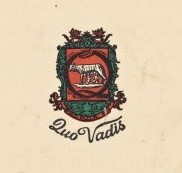
Quo Vadis was a fashionable restaurant in New York City located at 26 East 63rd Street near the corner with Madison Avenue. It operated from 1946 until 1984. W magazine referred to it in 1972, as one of "Les Six, the last bastions of grand luxe dining in New York." The other five named were La Grenouille, La Caravelle, La Côte Basque, Lafayette, and Lutèce; of these, only La Grenouille remains open.
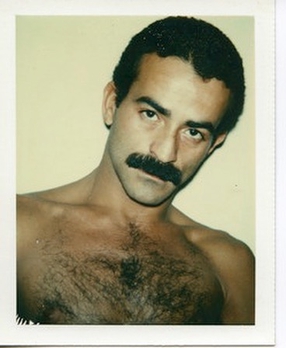
Victor Hugo, born Victor Rojas, (1948–1994) was a Venezuelan-born American artist, window dresser, and partner of the designer Halston.

The Paez Medal of Arts is a decoration awarded by The Venezuelan American Endowment for the Arts (VAEA) that is presented once a year to an individual or group that has had an impact and contributed to excellence, growth, support and the proliferation of the arts in Venezuela and the United States. It is named in honor of José Antonio Páez, leader of the Independence of Venezuela, who lived in exile the last years in New York, where he became a philanthropist.
Marc Balet is an American creative and art director, architect, and the former art director of Interview Magazine.
Jon Gould was an American film executive for Paramount Pictures. He had a secret romance with artist Andy Warhol in the 1980s. Following Gould's death from AIDS, his collection of Warhol's works was shown at the Brattleboro Museum and Art Center in Vermont.
Jay Johnson is an American business executive and former model. In 1967, Johnson arrived in New York from California with his twin brother Jed Johnson and they were soon absorbed into artist Andy Warhol's social circle. Johnson became a Warhol superstar, pursuing modeling and supporting projects at The Factory. Johnson became President of Jed Johnson Associates Inc. following his brother's death in 1996, and he created Jed Johnson Home in 2006.
Pat Hackett is an American author, screenwriter, and journalist. Hackett was a close friend and collaborator of pop artist Andy Warhol. They co-authored the books POPism: The Warhol Sixties (1980) and Andy Warhol's Party Book (1988). She also edited TheAndy Warhol Diaries (1989). Hackett was an editor for Interview magazine and she co-wrote the screenplay for the film Bad (1977).















